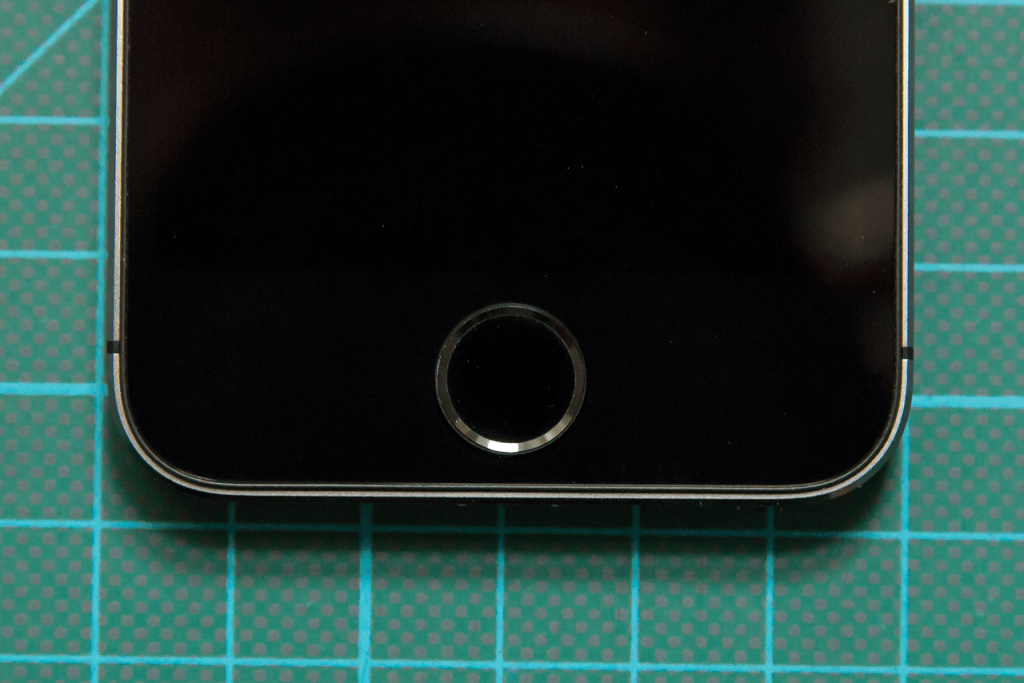
Apple has been issued a couple new patents by the USPTO today (via AppleInsider), including one for hover touch sensing the likes of which we’re starting to see rolled out in Android-powered devices lately like the Samsung Galaxy S4. Another patent issued today covers an embedded heart rate monitor that could add one more sensor to the iPhone, with potential for biometrics and fitness apps.
The touch and hover patent describes a means for detecting when a person’s finger is near to, but not actually in contact with a touchscreen device. It outlines ways in which hover input can be used to issue commands to a devices, with those screens outputting an electrical field to help determine the position of a user’s finger. But the system is about more than just the kind of hover controls that other OEMs have implemented to relatively little effect: Apple describes how the system can be used to offer more effective and accurate errant touch detection.
The hover field could help a mobile device better identify which touches were meant to actually spark an action, and which were accidental or incidental to something else. Apple already does some touch rejection with the latest iPads and their thinner side bezels, and with palm rejection in some apps, but this could theoretically help improve the performance of any accidental touch detection.
The patent also describes a method for better dealing with changing weather and environment conditions when it comes to accurate touch detection. It would work by allowing touch devices to take a baseline reading when conditions are optimal, and then detecting via sensors when conditions change and tweaking touch detection settings slightly to modify and improve accuracy when, say, the weather gets cold. In general, Apple seems to be looking at hover touch tech as more of a supplementary tech than something that will find expression in actual interface design.
As for the heart rate monitor, Apple’s patent describes a sensor found in the screen bezel or other conductive portion of the device that could read EKG data. You could imagine it going into the conductive metal ring around the Touch ID sensor in the current iPhone 5s design, for instance, which would be fitting also because of similar function between the two sensors.
Apple’s patent for heart rate monitoring sensors describes ways in which they might be used as a way of identifying a user according to their unique biometric information. The fingerprint sensor in the iPhone 5s serves a similar purpose, but paired with a heart rate sensor, it becomes less of a convenience factor and more about secure identification.
As always, don’t expect to see these Apple patents go into devices immediately, but they do provide an interesting look behind the curtains at Apple’s R&D efforts. Two-factor biometric security would definitely put Apple even more in the lead when it comes to device-based security, and improving touch screens and their performance will always deliver benefits, and Apple already leads the pack in that regard, too, according to recent comparative tests.

ConversionConversion EmoticonEmoticon